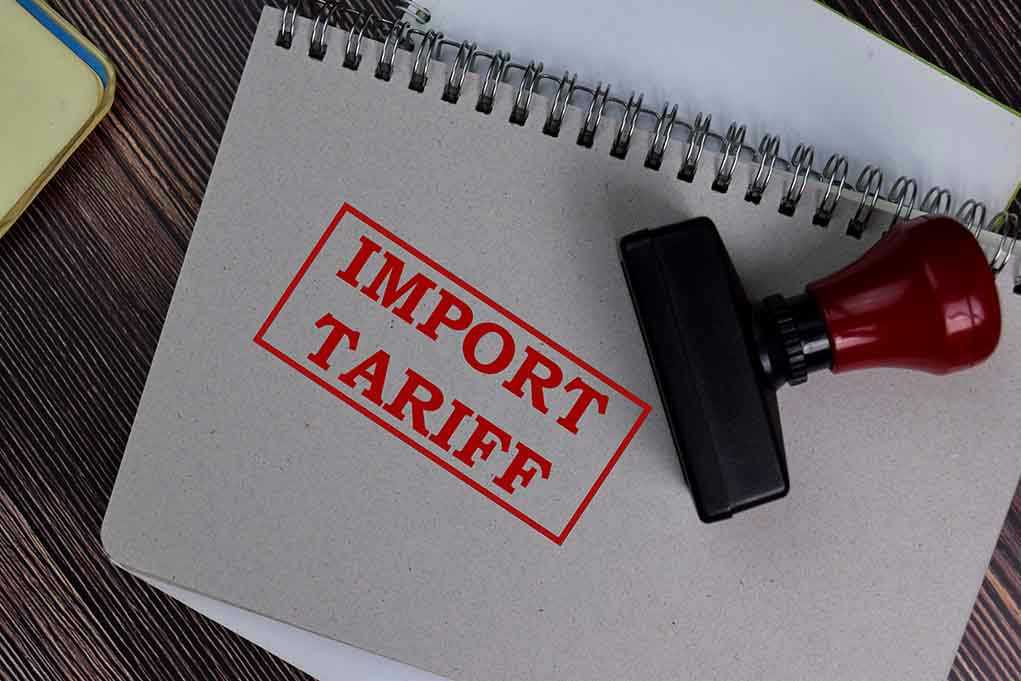
President Trump is threatening to slap an extra 10% tariff on any nation cozying up to the BRICS bloc and its “anti-American” agenda—leaving world leaders scrambling and American taxpayers wondering just how much longer they’ll be forced to shoulder the cost of globalist games gone wild.
At a Glance
- Trump announced a 10% tariff on imports from countries aligning with BRICS “anti-American” policies, effective August 1 if no deals are reached.
- The expanded BRICS bloc, now including major oil producers and emerging economies, condemned U.S. tariffs and military actions as threats to global trade.
- Trump’s move prompted warnings of global supply chain disruptions, market volatility, and the risk of a trade war.
- The administration’s definition of “anti-American policies” remains vague, fueling uncertainty for businesses and U.S. allies alike.
Trump’s Tariff Threat: A Direct Response to BRICS Expansion and Anti-American Posturing
On July 7, President Trump announced that any country aligning itself with the expanded BRICS economic bloc—or pushing what he calls “anti-American” policies—would face a fresh 10% tariff on all imports to the United States. This was no empty threat: formal notifications to affected countries are set to begin immediately, with the new tariffs scheduled to take effect August 1 if no bilateral trade deals are struck in the meantime. The BRICS group, now swollen to include not just Brazil, Russia, India, China, and South Africa but also energy titans like Saudi Arabia and the UAE, fired back with a declaration condemning U.S. tariffs and military actions as threats to the stability of global trade. Trump’s message to world leaders is crystal clear: keep poking the American bear, and you’ll pay for it at the border.
But let’s not pretend this is about economic policy alone. For years, the BRICS nations have been plotting to undermine U.S. leadership, from threatening the dollar’s supremacy to cozying up with the world’s worst regimes. Trump’s tariffs are a blunt reminder that American strength isn’t up for negotiation—no matter how badly globalists wish it were otherwise.
Globalists, Bureaucrats, and the BRICS Bloc: Who’s Really Paying the Price?
The timing of Trump’s announcement—just as the BRICS summit wrapped in Rio—could not have been more pointed. The bloc’s expansion now covers nearly half the world’s population and a staggering 40% of global economic output. Their declaration, dripping with self-righteous outrage, blasted the U.S. for policies “inconsistent with WTO rules” and warned of cascading risks to global supply chains. Here’s a newsflash: the WTO has been asleep at the wheel for decades, letting China and its friends run roughshod over U.S. manufacturers, family farms, and American workers. Now, with the Biden-era inflation hangover and global instability at a fever pitch, the last thing Americans need is another international club ganging up to take a bigger bite out of their wallets.
For U.S. exporters and importers, the implications are immediate and severe. Higher tariffs mean higher costs—not just for businesses, but for every American consumer already battered by inflation. Meanwhile, the very countries that benefit most from American generosity and open markets are the ones plotting behind closed doors to undermine our sovereignty. If that’s not the definition of biting the hand that feeds you, what is?
Tariffs, Trade Wars, and the Never-Ending Battle for American Interests
Trump’s willingness to wield tariffs as a sledgehammer in trade negotiations is nothing new. During his first term, he used them to force China’s hand and prod NATO allies to pay their fair share. This time, the stakes are even higher: a global bloc united not just by economic ambition, but by a shared desire to check American power. The administration’s 90-day pause on reciprocal tariffs is set to expire July 9. If no deals are reached, the new 10% tariffs hit August 1, with even harsher rates—up to 100%—already threatened if BRICS nations make moves to ditch the dollar.
The long-term fallout could be massive. Industry experts warn of disrupted supply chains, higher prices, and a possible global trade war. But here’s the kicker: the same “experts” who spent years telling us open borders and endless globalization were the only path forward are now wringing their hands over Trump’s America-first approach. Maybe it’s time they actually listened to the people footing the bill.
Unanswered Questions, Unchecked Agendas, and the Fight for Constitutional Values
For all the hand-wringing over global trade, the Trump administration’s real motivation is simple: defend U.S. interests and stop subsidizing regimes that despise our constitutional values. Yet the definition of “anti-American policies” remains deliberately vague, leaving allies and adversaries alike guessing where the next hammer will fall. And let’s not forget who always feels the pinch when bureaucrats and globalists run wild with America’s checkbook: the taxpayer, the small business owner, the family scraping by while inflation eats away their savings.
As the world braces for the fallout, one thing remains certain: the days of America rolling over for every global scheme are over. If the BRICS bloc wants to play hardball, they’d better be ready for an American president who hits back twice as hard. The only question is whether Congress, the media, and the spineless global elite will finally stand up for the people who actually built this country—or keep selling them out, one tariff at a time.
Sources:
The New Indian Express, July 7, 2025











